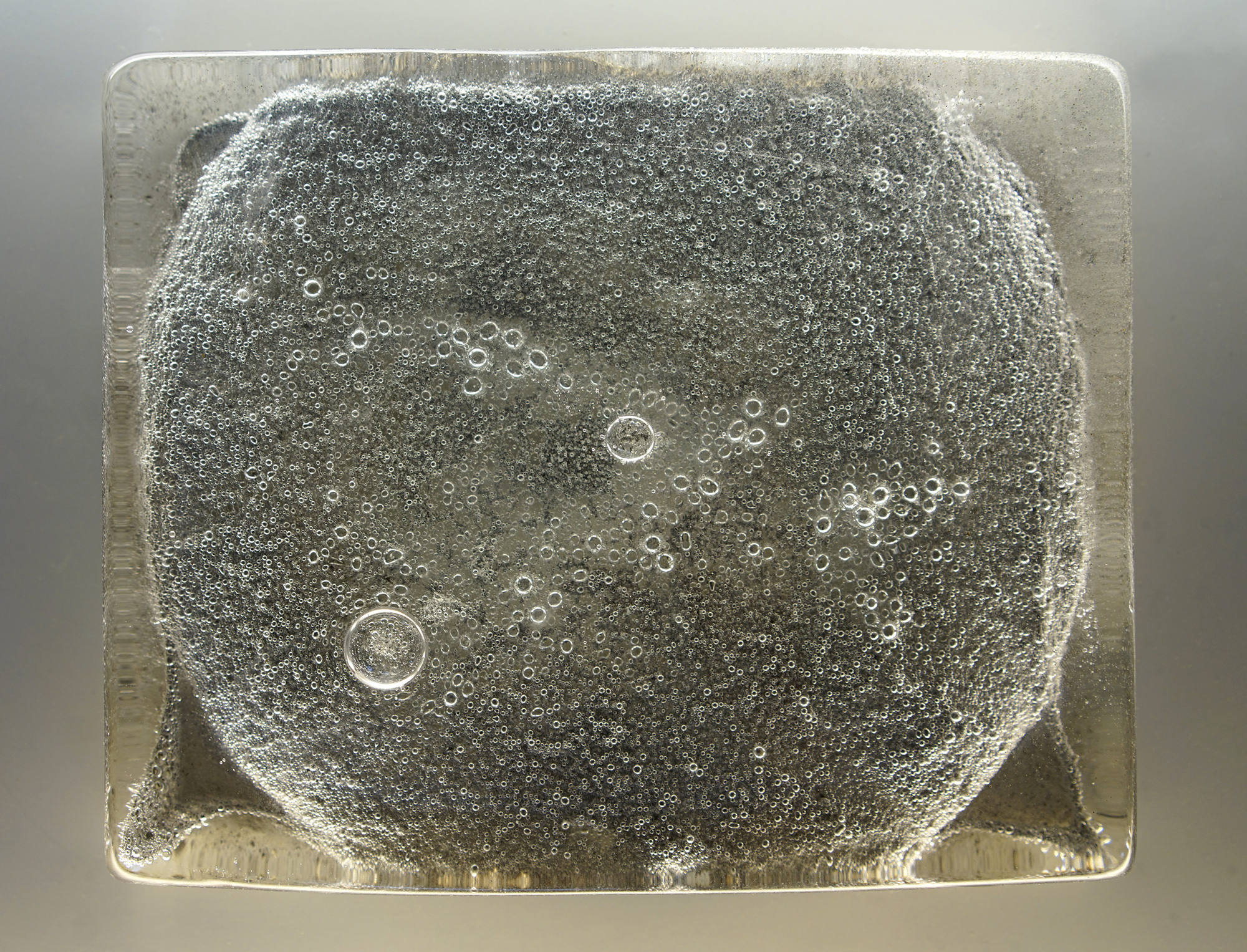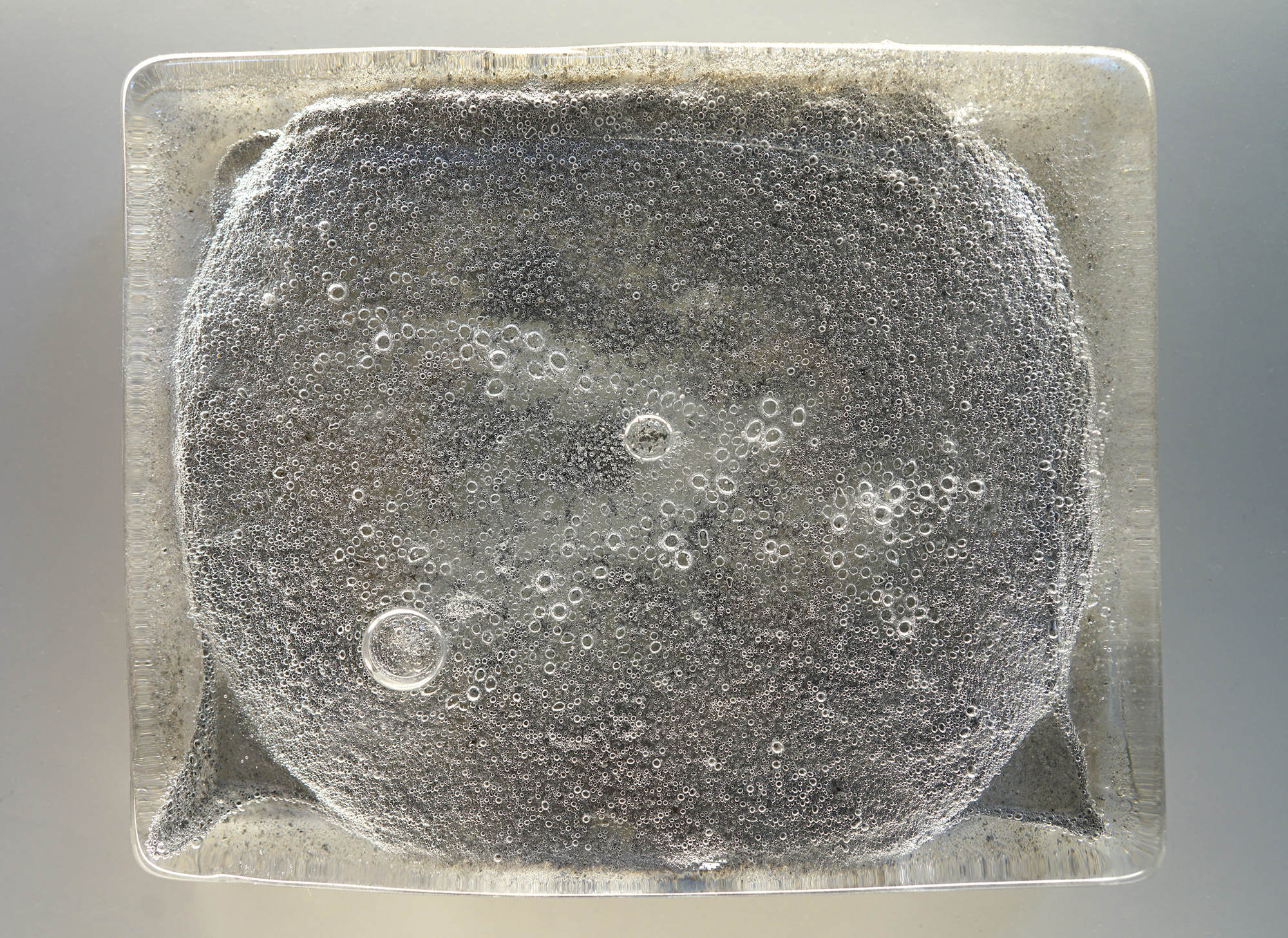
Limes by Namsal Siedlecki
The wolf has been worshiped and feared since antiquity by countless people. He is a recurring character in popular narrative and especially in infantile fairy tales where he represents the wild and uncontrolled aspect of nature. In general, nomadic populations and hunter-gatherers have admired him for his predatory ability and loyalty to the pack and have made it a symbol of loyality and courage, invoked in hunting and in war; Instead sedentary and shepherd populations have always slandered, hated and persecuted him for being a menace to sheeps, the difficulty in hunting him, and the ancestral fear its howl instills. The fear of the wolf also resides in the fact that it performs periodic incursions in well-ordered human landscapes, reminding us of how fragile the dominion of man over nature is, and how nature can overwhelmingly manifest its most hostile and frightening appearance. The wolf crosses the boundaries between the two natural worlds, from the woods to the cultivated fields.
Hunted for centuries to protect the flocks, it risked extinction until in the 1950s when pastoral and rural activities declined, there was no longer the need to hunt them. Since 1976, when it was protected in Italy, the wolf has been able to reproduce freely, reaching today a population of about 2,000 animals, in numerical growth and in geographic expansion.
The coexistence between man and wolf has always been problematic and continues to be a real economic problem in many isolated areas where wolves regularly attack cattle.
When a wolf’s lifeless body is found according to the Italian law it must be cremated at specialized centers.
In Limes, the ashes of a wolf, dead by the hand of poachers, were scattered inside the molten glass, which was subsequently cast into molds, creating glass plates.
For the ancient Romans, descendants of Romulus and Remus nursed by the famous she-wolf, the Limes was the boundary of their empire, the limit beyond which they did not venture. They were the first to create glass windows to protect their homes, allowing light to penetrate inside them.
Since ancient times, man has distinguished himself from the animal world through his inventions, which have allowed him to evolve and improve his conditions.
A glass window that usually separates the animal world from the human world, in this case, reunites them. The transparent frontier between two universes.

Namsal Siedlecki, Limes, 2017. Glass, ashes of wolf. 20 x 16 x 3 cm

Namsal Siedlecki, Limes, 2017. Glass, ashes of wolf. 20 x 16 x 3 cm

Namsal Siedlecki, Limes, 2017. Glass, ashes of wolf. 20 x 16 x 3 cm

Namsal Siedlecki, Limes, 2017. Glass, ashes of wolf. 20 x 16 x 3 cm

Namsal Siedlecki, Limes, 2017. Glass, ashes of wolf. 20 x 16 x 3 cm
